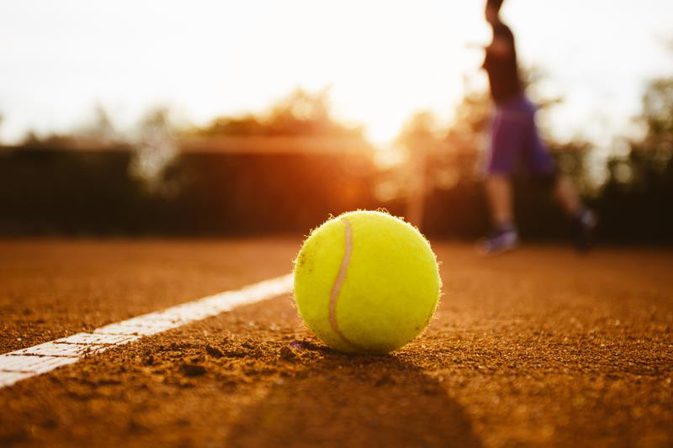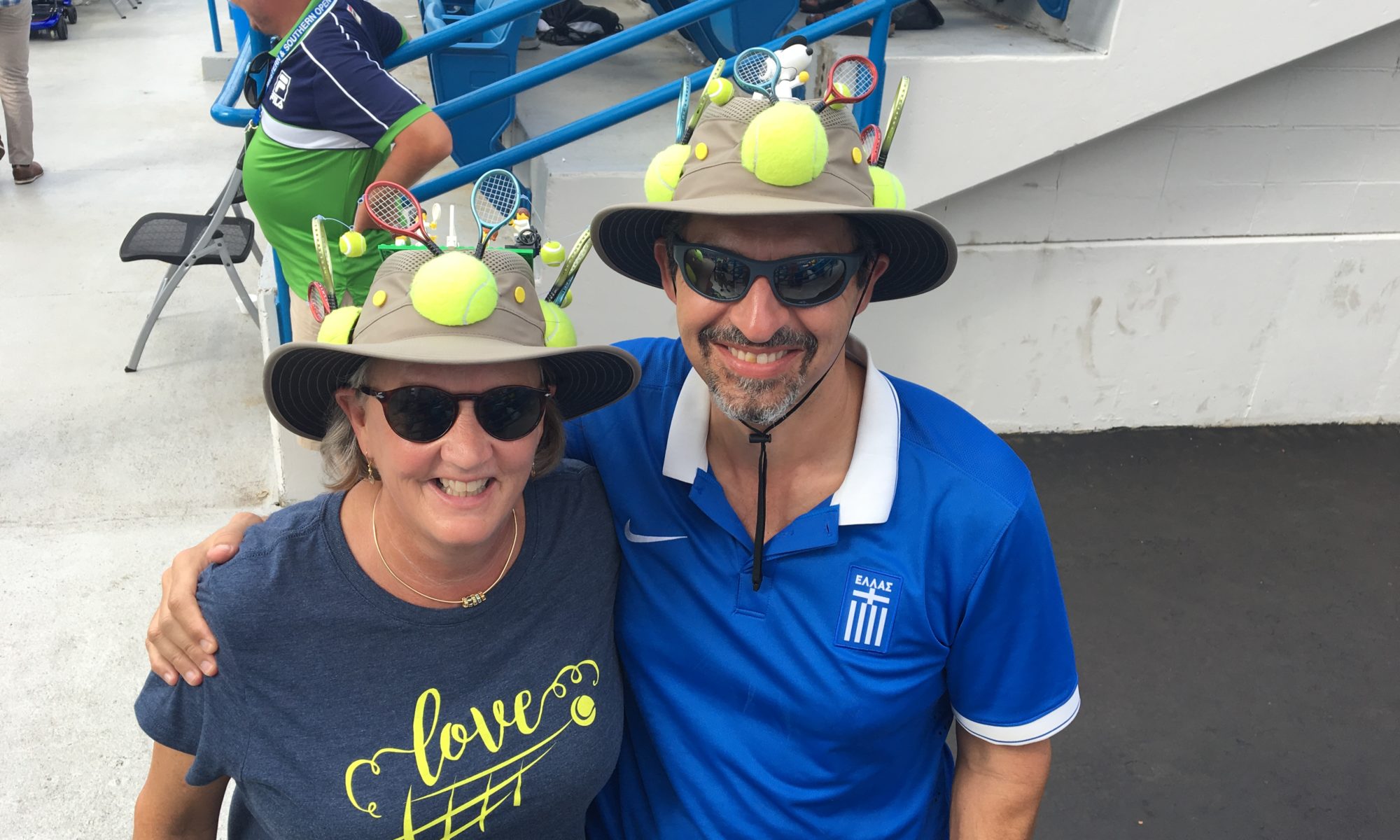Over twenty years ago in the late summer I was sitting in a rural field where a propeller plane was towing a glider plane off of the ground, taking it into the air and releasing it at the desired altitude, so the glider could float and soar on the thermals like a hawk for about 15 to 20 minutes before landing back in the field. The venue was a glider plane club, and the glider plane pilots waited most of the day for their one turn to fly the club’s plane. I thought, “Pick any any hobby, any pet, any instrument, any sport, … anything…. and there will be fans who follow.”
Fast forward to two weekends ago. My Junior Tennis Star and I were driving into the venue of the Western and Southern Open in Cincinnati for the first time ever, and I was so very, very excited. Yet it was only after the tournament was over — after spending nearly 12 hours at the venue one day, after having filled the empty water bottle about 40 times, and after my Junior Tennis Star dutifully carried the mammoth tennis ball everywhere hunting autographs — I realized: I am that fan and I love tennis.
One of the reasons why I love tennis is because, well, it is absurd at times. I love that in a pro tennis match there are nine line umpires plus the chair umpire. I love that those line judges hunker over during their time on the court with just one thing to do – to watch one line.
I love that ball boys and girls scramble all over the court to scoop up the rejected balls because the pro saw a piece of felt out of place or a rubber tag along the seam (or whatever they look for when inspecting the balls). I love that the ball boys and girls run in with a towel or supply a ball with a slight nod of the head.
I love that the ball girls and boys stand military-style with their arms behind their back during the play. If you haven’t seen the video of the ball boy who hit his head on the back wall but bounced to attention so as not to distract the pro, here is the link. It epitomizes the absurdity of it all.
Think of it: you have two players on the court, and you can have up to ten officials at any given time. It’d be like my entire work group in my kitchen, staring at my Junior Tennis Star and me as we eat dinner. She’d over-pour her glass of milk as she always does, splashing it on the counter, and someone would yell, “Fault!” That’d be weird. But we accept it in tennis.
I also love the warm-ups, the five minutes before the match where each of the gladiators gently hit with, and directly to, each other. There is no assertion of dominance in the warm up; instead, it is a time-honored routine that has been described as a “choreographed dance.” David Foster Wallace, in his essay called “Roger Federer as Religious Experience” explained that “[t]here’s a very definite order and etiquette to these pro warm-ups, which is something that television has decided you’re not interested in seeing.”
Imagine Brady and Brees playing catch with each other before a rare Pats-Saints game. That’d be weird. But we accept it in tennis. But if none of this has persuaded you that there are parts to tennis that are absurd, you have fans like the couple pictured above who glued tennis balls on a hat just because they love tennis.




